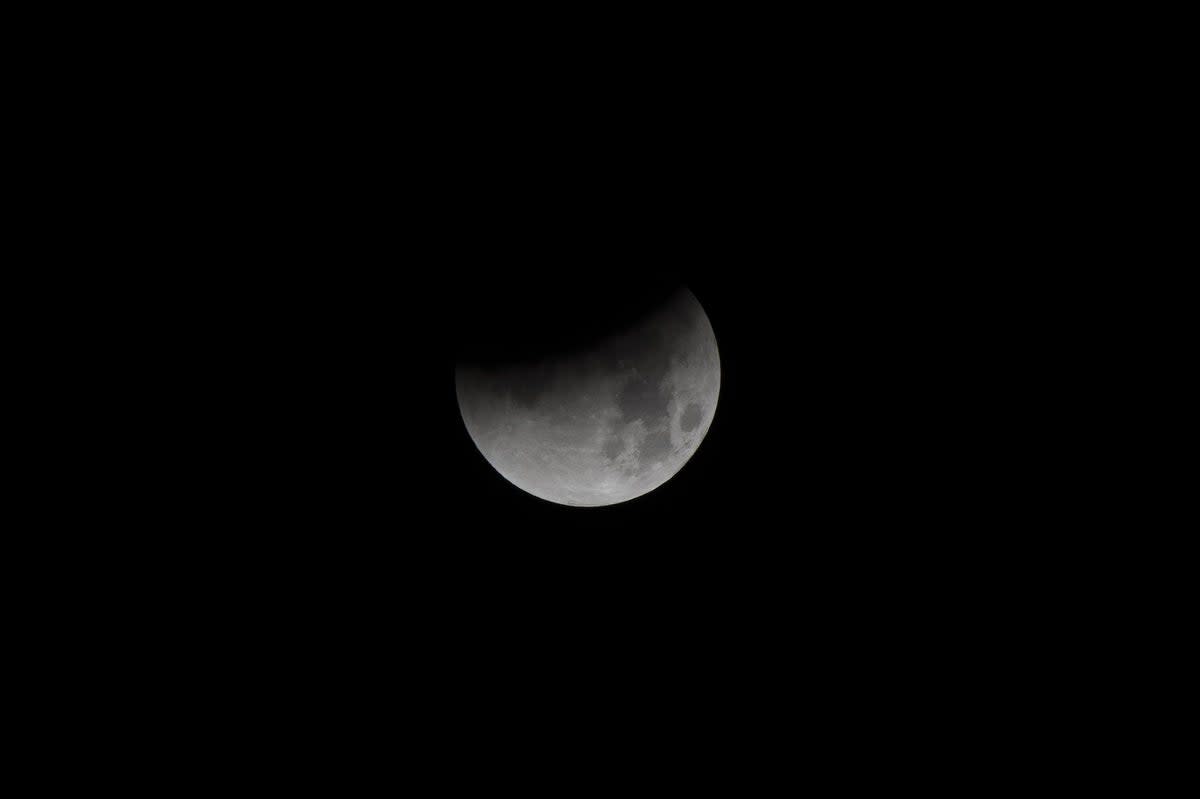Total Lunar Eclipse: Why it is safe to look directly at celestial spectacle

A total lunar eclipse on Tuesday will be visible to viewers in Asia, the Pacific and North America, and unlike a solar eclipse, you need not worry about eye safety: A lunar eclipse is safe to view directly during the entire eclipse process.
A lunar eclipse occurs when the Moon passes through the Earth’s shadow, which darkens the Moon, and sometimes changes it to a reddish color. The color change is due to the light reaching the Moon’s surface passing through Earth’s atmosphere.
Since viewers are only ever looking at sunlight, already dimmed by the Earth’s atmosphere, reflecting off the Moon, it is safe to look at.
A solar eclipse, by contrast, is only safe to look at with the naked eye during totality, that is, those few moments where the Moon passes between the Sun and Earth in such perfect alignment that the entire Sun’s disk is blocked out for a viewer on the ground.
Totality in a solar eclipse typically only lasts for a few moments out of the several hours it takes for the Moon to move in front of, and then away from the Sun.
The time during a solar eclipse outside of totality, or when viewed from a location where the Moon will not completely occlude the Sun, is known as a partial eclipse, and it is never safe to view a partial solar eclipse with the naked eye — although the Sun may seem slightly dimmer than usual, a viewer is still looking directly at the Sun, which can damage your eyes.
Former US President Donald Trump drew criticism for ignoring safety advice and looking directly at a partial solar eclipse from the White House in 2017.
Tuesday’s total lunar eclipse will begin around 3.02am eastern time. You can learn more about when and how to view the total lunar eclipse here.

